The sickest ride at Walt Disney World
Image: Disney
The early reception to Mission: Space was mixed but decidedly positive. What’s strange is that while the overwhelming majority of guests praised Disney’s latest offering for its technical genius, the people who disliked it really, really hated it. From day one, some of the adventurous theme park tourists departed Mission: Space then immediately threw up. Some of them didn’t even make it through the ride before their Disney Jumbo Turkey Legs came back up. Cast Members use code words whenever vomit is released onto an unsuspecting public. They call it a protein spill or a Code V. From day one, Mission: Space has always reigned supreme in the category of Code V.
Starting in August of 2003, Disney employees regularly treated guests who became physically ill on the new attraction. In a one-year period, they reported 194 instances where paramedics treated ailing faux-space travelers. Most of them were simply dizzy or nauseous, and many of course suffered an unplanned protein spill. Mission: Space developed a buzz as the sickest ride at Walt Disney World, and I don’t mean that in a good way.
In a time before social media, reporters from across the country picked up on internet accounts of attraction-related illness. Disney’s public relations department continued to stress the company line, which was largely valid. They’d placed warning signs in more places than for any other attraction on-site. They informed guests of the dangers before they got onboard. All the victims suffered from a kind of self-inflicted wounds. They chose to go on the ride, understanding the potential consequences. And the metrics supported Disney’s stated belief that guests loved Mission: Space. After only three years in operation, it’d already created the sensation of space travel to more than eight million guests. Despite all the negative publicity – or perhaps because of it – Mission: Space was a huge draw for Epcot.
Tragedies befall one of Epcot’s most popular rides
Image: Disney
What follows next is an uncomfortable discussion about the deaths of Disney vacationers. Despite the company’s best efforts to prevent such tragedies, they do occur from time to time. Sites such as Wikipedia keep updated data about such incidents. Mission: Space holds the dubious distinction of having one of the longest sections. That’s primarily due to its frequent medical issues caused by the centrifugal force of the ride. Two other reasons exist, though.
In June of 2005, every parent’s worst nightmare happened at Mission: Space. A four-year-old boy stopped breathing in the immediate moments after the ride, and passed away before paramedics arrived on the scene.
Later test results would reveal that the boy suffered from a disabling heart condition known as myocardial hypertrophy. I won’t speculate as to whether the ride itself contributed to or triggered his condition. All that’s certain is that he did have an enlarged heart, one of the conditions Disney notes should disqualify riders from boarding Mission: Space. It’s also important to note that the child’s family later sued Disney, with the matter eventually settled out of court.
Image: Disney
In the aftermath of this event, critics harped on the already well-established health problems that Mission: Space caused. They also questioned whether the height restriction for the attraction was suitable. The four-year-old boy had been tall enough to pass this test despite his young age. Given the way that Mission: Space can reduce adults to a fugue state, their arguments were reasonable. Then again, so was Disney’s. The company’s publicists defended their popular attractions as statistically among the safest in Orlando. They’d have to do so again within a year.
In April of 2006, almost exactly 10 months after the first tribulation, another person died after riding Mission: Space. This time, it was an adult, a 49-year-old German woman who started the ill-effects of the ride the instant she exited. Disney paramedics tended to her, and they briefly believed that they had stabilized her condition. Once she arrived at nearby Celebration Hospital, her situation declined, causing her to pass away.
Autopsy results again revealed that the victim suffered from a lingering malady. The German woman had dealt with severe high blood pressure for an extended period. At some point, she suffered a brain hemorrhage from which she never recovered. Disney’s culpability in the incident was yet again up for debate. It’s entirely possible that the hemorrhage would have triggered no matter where she’d been at the time. It’s equally possible that she could have lived for years had Mission: Space’s centrifuge not shaken her so dramatically. Disney’s PR spin this time was based in truth. They maintained that more than eight million people had ridden the attraction by this point. Only eight serious incidents were recorded. Tragically, two of those eight victims died, though.
Code Green
Image: Disney
No matter where anyone stood on the subject at the time, the entire situation was a huge black eye for Disney. The Most Magical Place on Earth couldn’t safeguard its guests against the traumas of Epcot’s hottest new ride. Virtually every media outlet in North America as well as others around the world picked up on the story. Whether Disney was guilty of poor ride design was irrelevant by this point. They had to announce changes, demonstrating another act of contrition. Without that unstated apology, guests would struggle to trust Disney. The twin tragedies at Mission: Space jeopardized the theme park titan’s sterling 50-year reputation.
A fairly simple solution presented itself. You may not realize this now, but Mission: Space once featured the same single rider line as other popular Walt Disney World attractions such as Test Track and Rock 'n' Roller Coaster Starring Aerosmith. The idea was to ship as much foot traffic as possible through the facility. In lieu of recent events, park planners developed a new strategy. They could repurpose that region of the facility.
What they chose to do with that space was (and still is) historic for a Disney theme park. Mission: Space includes a series of lifts, the apparatuses that provide the motions for the simulator. Imagineers researched the problems guests experienced with the ride. They deduced that the centrifugal force caused most of the problems. In order to negate these troubles, they could simply remove that part of the experience from the attraction.
Where there had previously been 10 spinners with centrifuges, Disney would neutralize five. These giant lifts would operate the same as the originals save for one critical difference. They’d never interact with the centrifuge. It’d be a much more tolerable ride, albeit one that eliminated a key part of the simulation. Effectively, Imagineers were building Mission: Space-Lite.
Image: Disney
In May of 2006, only five weeks after the second death at the attraction, Disney revealed the split version of Mission: Space. The Green Team version would offer most of the features of initial concept, only in a more palatable form. Internally, they referenced it as the Less Intense training simulator. Meanwhile, the Orange Team version became Mission Space Classic, for lack of better terminology. Disney describes it as More Intense training, which really means More Intense spinning. To this date, it’s the only time Disney has ever offered twin versions of the same ride concept, one of which is safer (well, calmer) than the other.
A decade later, the results speak for themselves. Mission: Space riders have not suffered an additional fatality in the interim. Unconfirmed reports also indicate that total incidents requiring paramedics have also declined. No matter how desperate Disney became in altering the dynamics of the ride, the results are universally positive. The developers of Mission: Space, who by the way participated in a protracted legal dispute with Disney over payment shortfalls and intellectual property, claim that more than 35 million people have ridden the twin versions of the attraction. It’s undeniably one of the most popular Walt Disney World additions of the 21st century.
Still, anyone who paid attention to early 2000s news cycles or researches Disney history is aware of the stigma of Mission: Space. Its arrival was unwelcome mainly due to the popular attraction it replaced. While it was well-intended and carefully crafted to reflect science fact and science fiction, the NASA seal of approval only went so far.
The harrowing demonstration of the trials would-be astronauts face in the space program has proved one of the most divisive topics among Disney aficionados. Some fans claim its authenticity and adrenaline surge delivers the best thrill at Epcot, even over Test Track, the fastest ride onsite. Given that it’s the only attraction that includes a motion sickness bag and a post-ride treatment room, there’s cause to believe that argument.
Then again, any ride that needs a treatment room is of questionable design. The entire purpose of a theme park is to provide a day of fun for family and friends. Guests who wind up nauseous or experience claustrophobia aren’t getting their money’s worth from the Most Magical Place on Earth. It’s the incongruity of Mission: Space as an attraction. Are novelty and realism enough to outweigh actual physical discomfort?
Image: Disney
Wherever you stand on the subject, the unmistakable reality of Mission: Space is that its history is sordid. Innocent people lost their lives in the moments after they exited the space simulator. Hundreds more guests experienced such intense nausea in the wake of the ride experience that Disney paramedics provided immediate medical treatment. That’s a scary piece of information to process at a place known for big smiles.
Perhaps this news explains why the lines at Mission: Space remain modest during all but the most popular periods on the calendar despite the paucity of thrill rides at Epcot. The media opprobrium has left a lingering impression on theme park tourists, even after a decade of safer performance.
Worst of all, the stated purpose of the attraction was to boost interest in the space program. The negative perception of Mission: Space has possibly counteracted that goal. The attraction is synonymous with poor ride design, even though Imagineers have done nothing tangibly wrong. They did exactly what they intended, realizing the dangers. Then, they provided plenty of warnings so that fence-sitters would recognize that the Vomit Comet-style attraction isn’t for everyone.
Were Imagineers unlucky or did Mission: Space fail in the design phase, never giving them a chance to succeed? Or is the ride a tremendous triumph due to the sheer volume of foot traffic it’s enjoyed over the years? Has Disney simply been unlucky that tragedies happened to guests of the ride or were they culpable? There’s no definite answer to any of these questions, which makes the legacy of Mission: Space all the more frustrating. It’s somehow both a black eye on Disney’s reputation and one of its most popular draws in the 21st century. What went wrong? Everything or nothing. It’s all in the eye of the beholder.
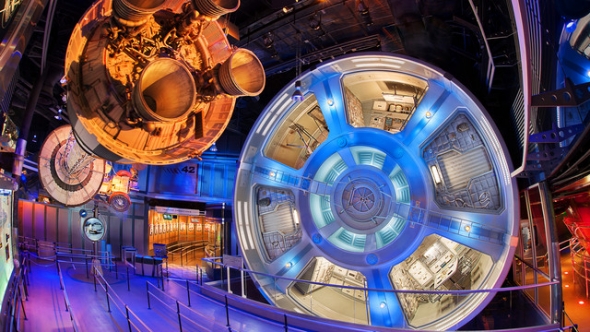
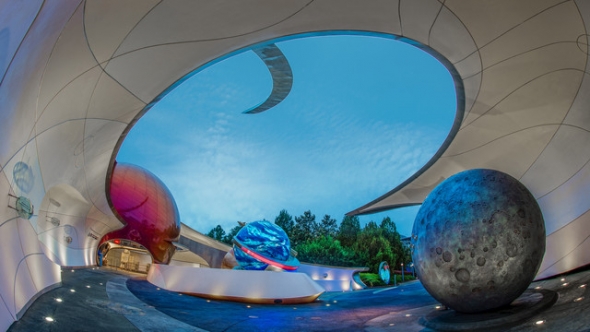
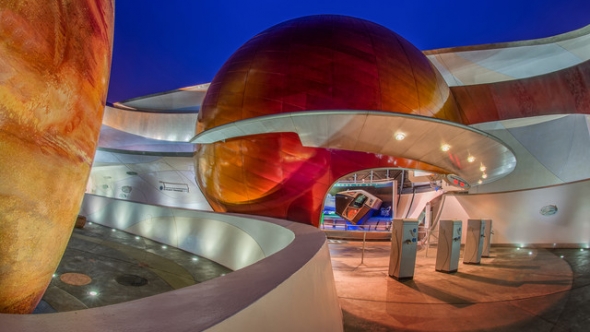
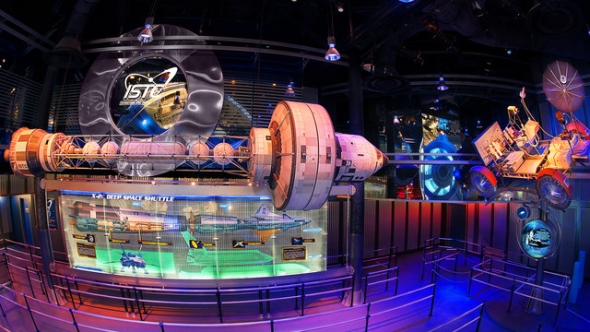
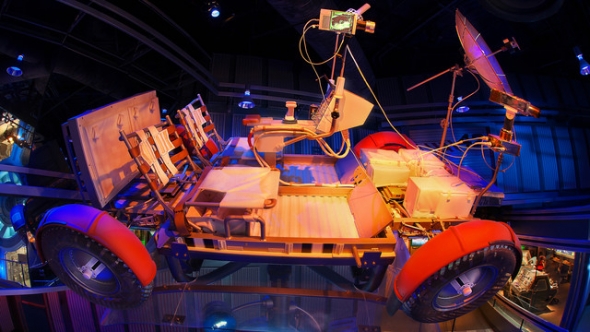
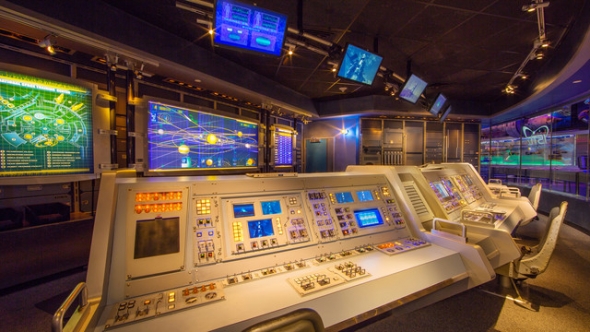

Comments
I rode Mission Space years ago, and was nauseated for three hours afterwards. Now being older I have been experiencing claustrophobia, so I will not ride Mission Space ever again. Sad.
Fascinating--I hung on every word. But I still don't know exactly where I stand on Mission:Space. I rode the intense side first, didn't effect me too much, but on each time after that, I rode the green side. I think the warning signs need to be in more languages--Could that German woman read of the dangers the ride presented?
Germany is a bilingual country for the most part, with most people speaking English in addition to German.